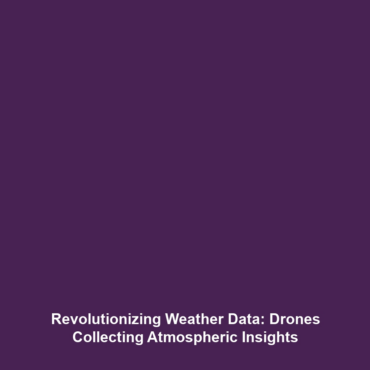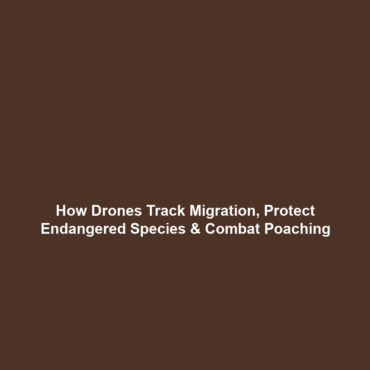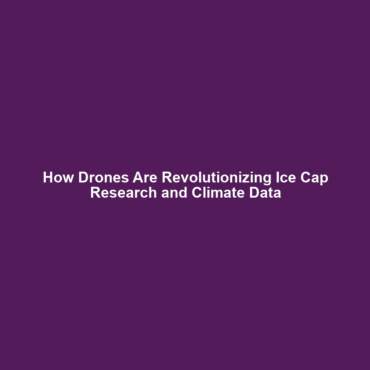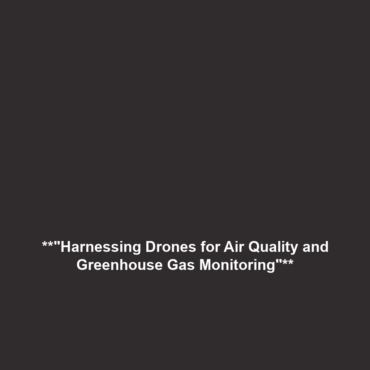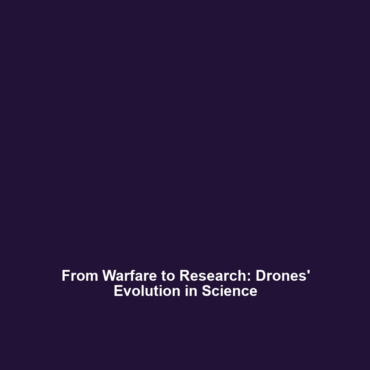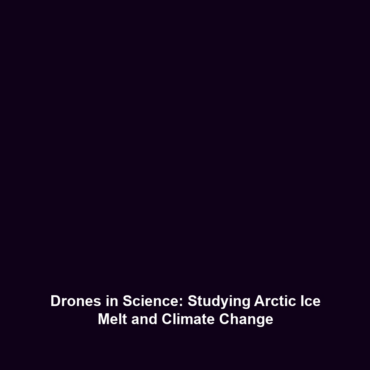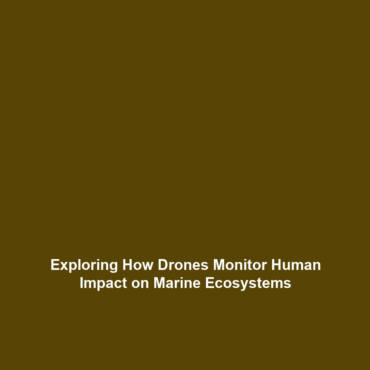Advantages of Helium-3 Fusion: The Future of Clean Energy
Introduction
Helium-3 fusion represents a groundbreaking advancement in the field of fusion energy, primarily due to its potential to produce little to no radioactive waste. This feature makes Helium-3 an extraordinarily attractive option for long-term energy solutions. As the world grapples with the challenges of climate change and energy sustainability, exploring innovative methods such as Helium-3 fusion offers a promising pathway toward a cleaner, sustainable energy future. In this article, we will delve into the compelling advantages of Helium-3 fusion, its applications, challenges, and the future of this promising technology.
Key Concepts
Understanding Helium-3 Fusion
Helium-3 fusion is a nuclear reaction process that utilizes isotopes of helium, specifically Helium-3 and Deuterium, to generate energy. Unlike conventional fusion processes that rely heavily on Deuterium and Tritium, Helium-3 fusion significantly minimizes radioactive byproducts, making it a desirable method for energy production.
Significance in Fusion Energy
In the broader context of fusion energy, Helium-3 is distinguished by its fuel supply, which can be sourced from lunar deposits or extracted from the Earth’s atmosphere in smaller amounts. As fusion energy seeks to simulate the natural processes of the sun, Helium-3 fusion is seen as a viable candidate to help achieve net-positive energy output, addressing the shortage of clean, renewable energy sources.
Applications and Real-World Uses
The applications of Helium-3 fusion in fusion energy are transformative. Notable real-world uses include:
- Power Generation: Helium-3 fusion can potentially power entire cities with minimal environmental impact.
- Space Exploration: Future lunar missions could utilize Helium-3 as a fuel source, paving the way for sustainable energy in space.
- Nuclear Propulsion: The application of Helium-3 fusion in propulsion systems could redefine space travel efficiency.
These scenarios illustrate how Helium-3 fusion can be integrated into various energy systems, showcasing its potential to revolutionize both terrestrial and extraterrestrial energy solutions.
Current Challenges
Despite its advantages, Helium-3 fusion faces several challenges that need to be addressed to realize its full potential:
- Limited availability of Helium-3: Natural Helium-3 deposits are scarce, and extracting it presents logistical difficulties.
- Technological hurdles: Current fusion technology must advance significantly to make Helium-3 fusion viable for large-scale energy production.
- Cost implications: The economic feasibility of Helium-3 extraction and fusion energy generation remains a critical concern.
Addressing these challenges is essential for the successful implementation of Helium-3 fusion in the mainstream energy sector.
Future Research and Innovations
Ongoing research into Helium-3 fusion is promising, with potential innovations including:
- Advanced Reactor Designs: Developing more efficient fusion reactors tailored for Helium-3 fusion.
- Improved Extraction Techniques: Innovations in mining and processing Helium-3 from lunar and terrestrial sources.
- International Collaboration: A global effort in research and funding to accelerate breakthroughs in fusion technology.
These innovations could significantly impact the future landscape of fusion energy, making Helium-3 a cornerstone of sustainable energy solutions.
Conclusion
In summary, the advantages of Helium-3 fusion hold remarkable promise for the future of fusion energy, particularly due to its minimal radioactive waste production and potential for sustainable energy solutions. As research and technological innovations progress, Helium-3 fusion may play a vital role in addressing the world’s energy challenges. To stay updated on the latest in fusion energy and sustainable technologies, explore our other articles on fusion innovations and sustainable energy solutions.


